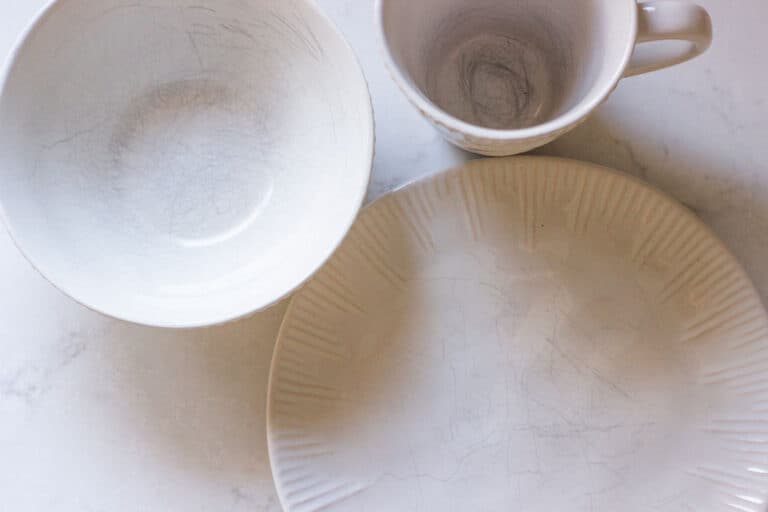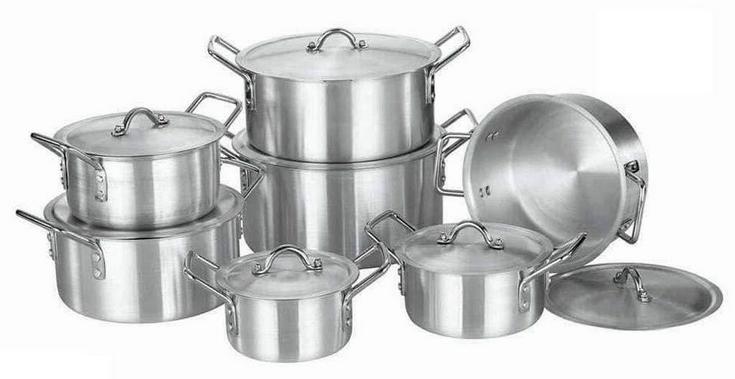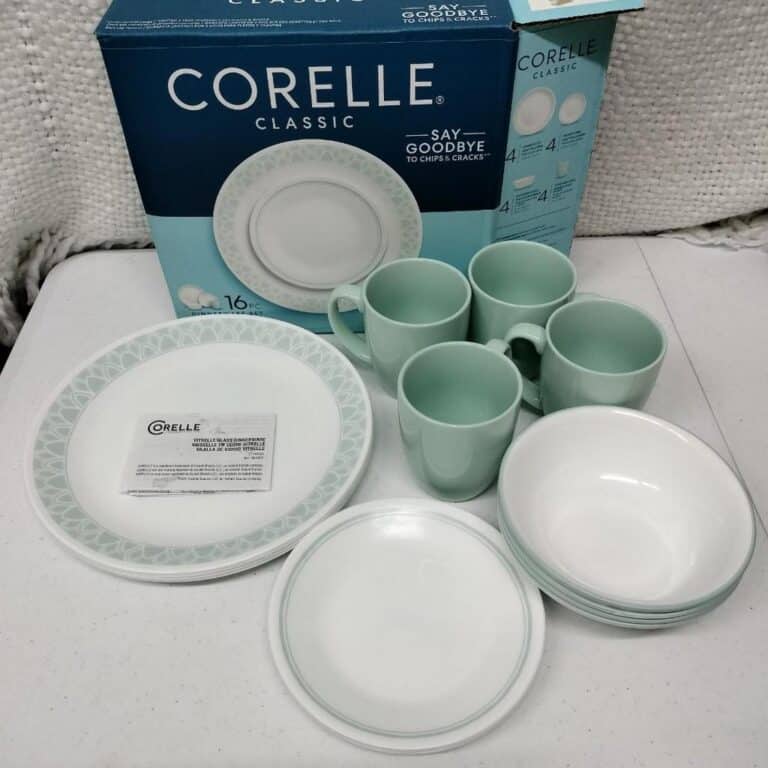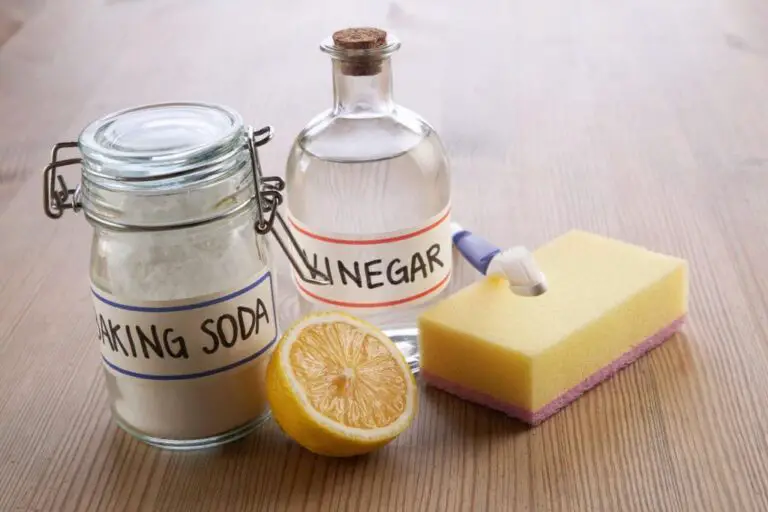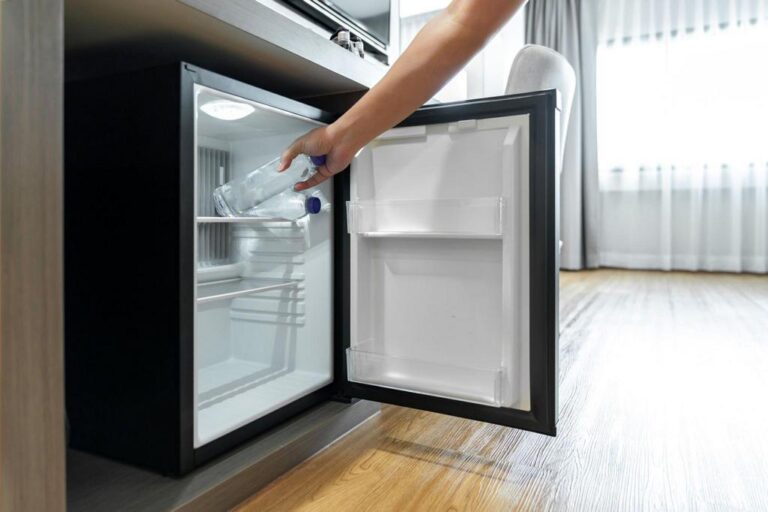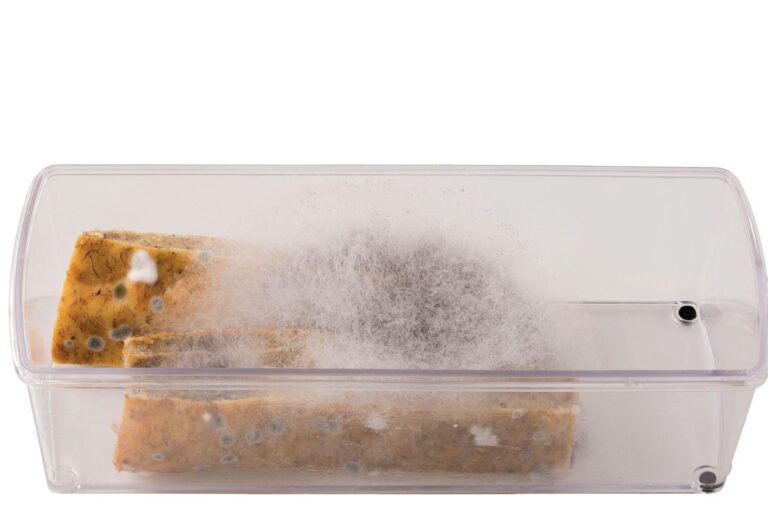Can You Boil Vinegar To Clean Pots and Pans? (Is It Safe & Effective?)
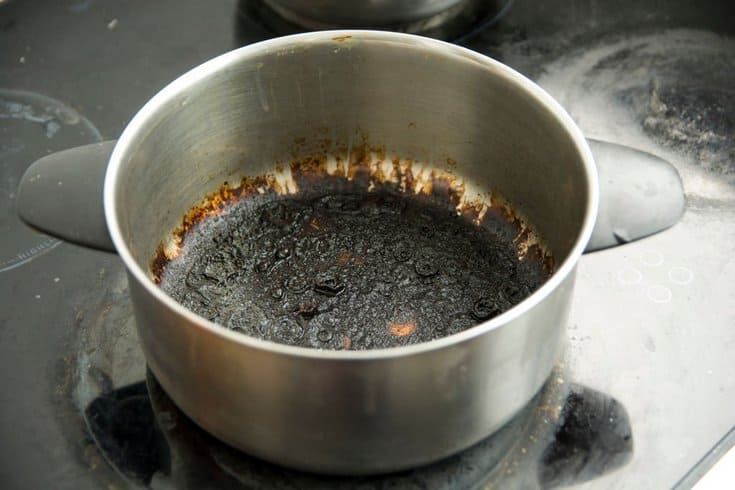
We’ve all done it: overcooked food in a hot pot on the stove for an extended period of time, resulting in a hardened, charred, black mess on the bottom. You may have seen sauce boil over a skillet, producing oily streaks.
Even the cleanest cook understands that pots and pans get filthy after several uses. Those strains are not easy to clean.
Vinegar has been used as a cleaning agent for centuries. The acetic acid in vinegar is a natural disinfectant and can be used to clean surfaces and remove sticky residue.
These cleaning instructions using boil vinegar will teach you how to keep your stainless steel pots, nonstick pans, enameled cookware, and conventional cast-iron looking new.
What Happens if You Boil Vinegar?
When you think of vinegar, you might think of using it as a kitchen condiment to add flavor to your food. But there are other, more industrial uses for this powerful acid. One such use is in the boiling of vinegar.
Boiling vinegar increases its potency and removes any contaminants it may contain.
Additionally, boiling vinegar is an excellent technique to disinfect surfaces. Boiling will help destroy bacteria and sterilize the surface when cleaning anything with vinegar.
The Nature of Vinegar as a Cleaner
Vinegar has been used as a cleaner for centuries. It is a natural product that is biodegradable and environmentally friendly.
Vinegar is effective at cleaning a variety of surfaces, including kitchen counters, floors, and bathrooms. It can also be used to clean appliances and furniture. Vinegar is a non-toxic alternative to other cleaners, and it is affordable and easy to use.
Why is vinegar effective as a cleaner?
First of all, vinegar is an acid. Vinegar has a pH of two to three, which indicates that it is very acidic. Because of its acidity, vinegar is particularly good at dissolving cooking stains on pots and pans, which are frequently the result of charred or burned food.
This common household item contains acetic acid, which is acidic enough to dissolve rust. Smaller items, like earrings, can be soaked in them, or it can be wiped over a surface with an old cloth, or it can be poured directly over rusted patches or bolts and screws that have rusted together.
How Long Does It Take for Vinegar to Remove Stains?
Metal is prone to many types of stains and, oftentimes, it can be difficult to remove them. Vinegar is a natural cleaning agent that can be used to remove some types of stains from metal.
The amount of time it takes for vinegar to remove a stain on metal depends on the type of metal, the severity of the stain, and the composition of the vinegar. In most cases, vinegar can remove light stains within minutes, and more severe stains within an hour or two. However, some types of metals may require more time for the vinegar to work its magic.
For stubborn stains, it may take longer. You can also use a mixture of water and vinegar to remove stains from metal. To do this, mix equal parts of water and vinegar in a spray bottle. Spray the solution onto the stained area, then wipe it away with a cloth or sponge.
Allow the vinegar to sit on the stain for at least 30 minutes. The longer you allow it to sit, the better chance you have of removing the stain completely. After 30 minutes, remove the cloth and rinse the area with water.
Boiling vinegar releases even more of the acid’s disinfecting properties, making it a powerful sanitizer.
How to Clean Burn Marks Off the Bottom Pot and Stain?

While cooking, it’s easy to accidentally create burn marks on the bottom of your pot—without you knowing it! How troublesome it is.
These marks can be difficult to remove and can often leave a permanent stain on your pot. In order to avoid creating these troublesome burn marks, be sure to use a lower heat setting when cooking and stir your food frequently.
If you do end up with burn marks on your pot, there are a few ways that you can try to remove them. One way is to use a steel wool pad to scrub at the mark. Another option is to soak the pot in vinegar for a few hours.
Fill your sink with straight vinegar and let the pot or pan soak for a few minutes. The vinegar will help loosen the burnt-on food and make it easier to clean.
After a few minutes, use a scrub brush to scrub the burned-on food away. Be sure to rinse the pot or pan thoroughly after cleaning. If there are any stains remaining on the pot or pan, you can use a bit of baking soda to help remove them.
If neither of these methods works, you may have to resort to using a stronger chemical such as bleach.
Be sure to test any chemicals on an inconspicuous area of the pot first, in order to make sure that they will not damage the finish.
If your pots or pans have burn marks on the bottom, there’s a way to clean them without causing any further damage.
Does Vinegar Damage Stainless Steel and Metal?
Some people believe that the acetic acid in vinegar can cause stainless steel and other metals to corrode. However, others argue that the acidity of the vinegar is not strong enough to cause any damage. In fact, they claim that vinegar can actually be used to clean metal surfaces and get rid of any corrosion or tarnish.
Well, the truth is, that vinegar is widely used to clean stainless steel without causing damage. Acidity in vinegar is weak, it does not interact chemically with the stainless steel components.
Stainless steel has great resistance to corrosion. Stainless steel includes chromium or other alloying metals with a strong affinity for oxygen, which produces a passivating coating when they react with it. This helps to keep iron from corroding.
Lemon juice and cola soda, for example, are more acidic compared to vinegar. Even though they have a lower PH. Acetic acid’s acidity is low, and because it’s combined with water, it’s much lower in vinegar.
Is Boil Vinegar a Safe Cleaner for Pots and Pans?
Yes, boil vinegar is a safe cleaner for pots and pans. In fact, it’s one of the most effective natural cleaners you can use.
Vinegar is a great degreaser, so it’s perfect for cleaning dirty pots and pans. It also kills bacteria, so it’s a good choice for cleaning food-related messes. Plus, vinegar is affordable and easy to find, so it’s a great choice for budget-minded homeowners.
White Vinegar vs Distilled Vinegar: What’s better for Cleaning?
What is the difference between white vinegar and distilled vinegar?
White vinegar is made from fermented grain, while distilled vinegar is made from fermented molasses, corn, or other sugar sources.
Distilled vinegar has higher acidity than white vinegar and is, therefore, better suited for pickling and canning. White vinegar can be used for cleaning and degreasing, while distilled vinegar can also be used as a disinfectant.
Both types of vinegar can be utilized for cleaning, cooking, medical, and laboratory tasks. White vinegar, on the other hand, is stronger and so better for cleaning and disinfecting. Meanwhile, distilled vinegar is the best option for cooking, flavoring, preserving food, and as a natural remedy.
What Is the Difference Between Regular Vinegar and Cleaning Vinegar?
White regular vinegar normally contains 95 percent water and 5% acid. Cleaning vinegar, on the other hand, contains up to 6% acid and is around 20% stronger than conventional white vinegar.
Cleaning vinegar is made from distilled white vinegar and has a higher concentration of acetic acid than regular white vinegar. This means that it is more effective at cleaning dirt and grease. Cleaning vinegar can be used to clean kitchen surfaces, appliances, and bathroom fixtures. It can also be used to remove lime scale and hard water build-up from taps and showers.
Cleaning vinegar can be purchased at most grocery stores or online retailers. It is important to note that cleaning vinegar should not be consumed, as it contains high levels of acetic acid.
Things to Keep in Mind When Cleaning Pots and Pans
After cooking a meal, the pots and pans used to prepare it, need to be cleaned. This can be done in a few ways. One way is to fill them with water and dish soap, and then scrub them with a sponge. Another way is to use a cleaner designed for pots and pans. A third way is to use the self-cleaning function of some ovens.
There are many other things to keep in mind to maintain the cleanliness of your pots and pans. Below are some preventive things you can do in your house.
- Rinse, rinse, rinse! Always remember to thoroughly rinse everything after cleaning. Because residue from cleaning solutions can harm a stainless steel finish, it’s critical to include rinsing in your cleaning routine.
- Avoid chloride-containing cleaners. Chloride-containing cleansers, such as disinfectants and bleach, should be avoided in general. These can quickly erode the passivity layer, resulting in pitting and corrosion.
- Stay away from abrasive cleaners. When cleaning stainless steel, stay away from abrasive cleaners such as steel wool or abrasive sponges. These deposit particles on the steel’s surface, which can corrode over time.
- Use gloves. Wearing gloves will prevent fingerprints and skin oils from smudging the material, as well as protect you from any harsh chemicals used in the cleaning process.
Final Thoughts
Vinegar is a great natural cleaner for all sorts of surfaces in your home, including pots and pans. Metal can become stained by many things, such as food, drink, and dirt. Luckily, vinegar is a powerful natural cleaner that can remove these stains quickly and easily.
Boiling vinegar releases even more of the acid’s disinfecting properties, making it a powerful sanitizer. The good thing is, boiling vinegar won’t ruin your kitchenware.
Boiling vinegar is an easy and effective way to clean pots and pans. Not only will it remove any food or grease build-up, but it will also disinfect the surface. So if you’re looking for a quick and simple way to clean your pots and pans, be sure to give boiling vinegar a try!

